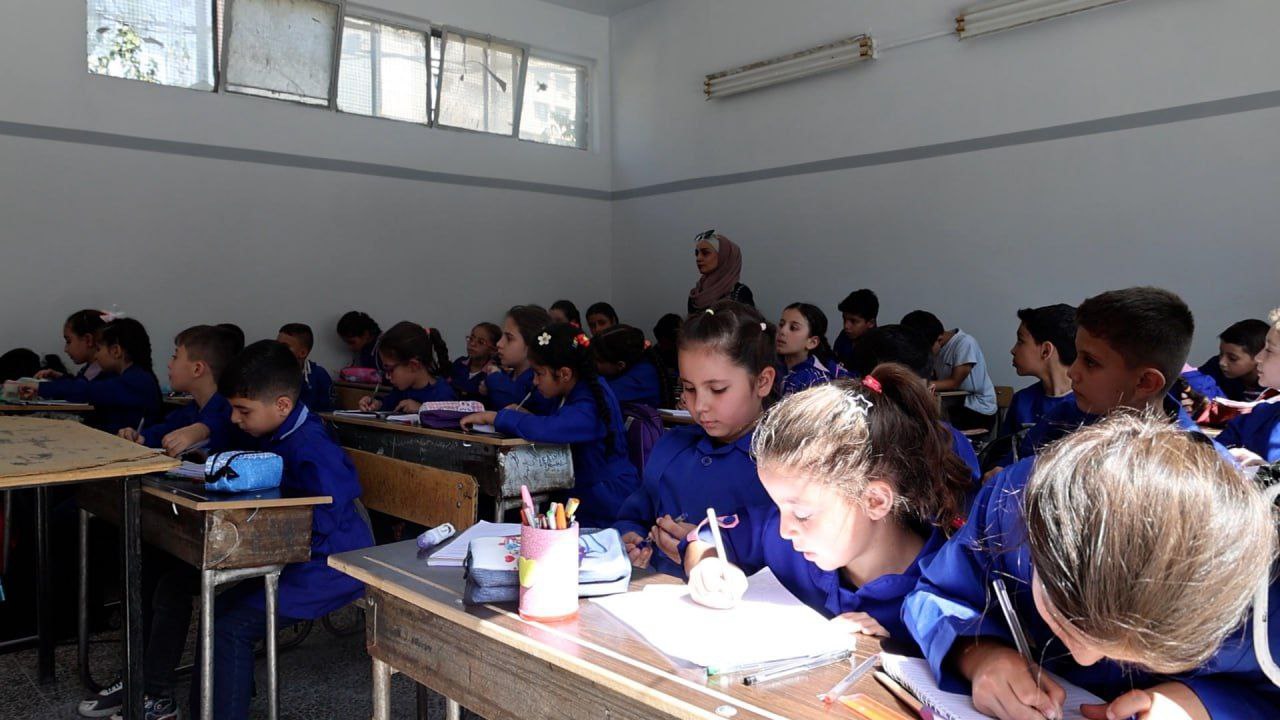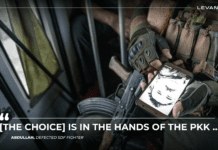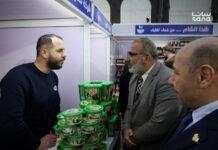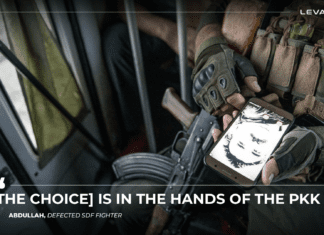
The National Library launched its “Back to School” event ahead of students’ return to school this week, for the first time since the country’s liberation, marking the beginning of a new wave of cultural and educational activities placing children and the education in the family at the center of its concerns.
An Event Aimed at Building the Future Generation
The event, catered to children 5 to 15, featured a variety of activities combining usefulness and entertainment. Organizers were keen to allocate a section for children from moderate and limited financial circumstances, where school supplies and gifts were distributed. Helping ease burdens on parents and encouraging children to start their school year enthusiastically.
There were a variety of recreational and physical activities, intellectual games and competitions. Children were given books and heard stories introducing them to the literature and libraries in a fun and engaging way.
Building Educational Awareness
In addition to children’s programs, the event included awareness lectures for parents, teachers, and educators. They discussed the best ways to prepare students psychologically and intellectually for their return to school and how to integrate technology into the teaching process through an educational portal project linking the education to modern technological systems.
Syria Returns to the Classrooms
Over 4 million students across Syria began the 2025-26 school year this week, the first since the Assad regime’s fall and the return of refugees and displaced families to their homes. Students reported for classes at roughly 12,000 schools nationwide.
According to the Ministry of Education 531 schools were renovated ahead of the academic year, while another 676 remain under repair. Restoration included facilities in Idlib, Aleppo, Hama and other war-damaged governorates. Yet needs remain steep: ministry data indicate about 27,000 schools across the country require maintenance after years of bombardment and neglect.
A ‘Second Home’
Teachers and students described noticeable improvements. “Our school has received significant attention this year, evident in the building, the books, and the care for students,” said Munira Hassan, a teacher at Imam Al-Shafii School, in an interview with Levant 24. “The notion of ‘authoritarian learning’ has disappeared. Students now have the opportunity to learn with love.”
Her colleague, Rima al-Sioufi, said the changes extended beyond infrastructure. “The ‘Flag Salute’ and ‘Pioneers’ classes were canceled in favor of activities that benefit students’ futures,” she told L24. She added that higher teacher pay this year has also contributed to motivating staff.
Students also welcomed the changes. “They painted our school, all the doors and classrooms. I love school because it’s my second home,” said sixth-grader Jawad Jaber. Fifth-grade student Masa said she appreciated the teaching staff and their “motivating methods.”
The United Nations Children’s Fund reported earlier this year that 2.4 million Syrian children remain out of school, nearly half of the country’s school-age population of 5.52 million. Despite that, this fall’s opening has been hailed as a milestone in Syria’s effort to rebuild its education system.








